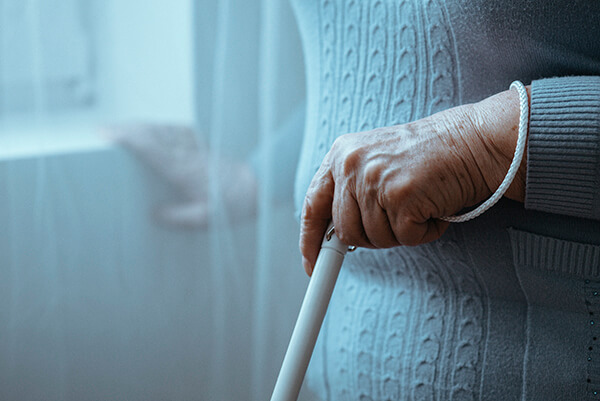Impacting millions of Americans, vision loss can be as varied as the individuals who experience it – from simply having to put on a pair of reading glasses to skim through the morning paper, to complete blindness. And it’s a lot more common in older adults, with one in every three senior citizens over age 65 experiencing some type of eye disease that affects vision, like glaucoma, cataracts, macular degeneration, as well as others. Thankfully, as with a lot of other challenging conditions, technology continues to explode with choices to improve standard of living for people experiencing vision problems. Simply take a look at a few of the vision enhancement tools that are now available:
- Be My Eyes. This incredible app links sighted volunteers with people that have low vision or blindness, and literally allows them to see, through the individual’s phone, a variety of immediate needs – like checking expiration dates of food or confirming that an outfit matches. And, “It’s being used for a few amazing things,” according to Alexander Jensen, Be My Eyes’ Community Director. “We received an email from a woman who said she used a Be My Eyes volunteer to check on her wedding gown for any stains before the ceremony started.”
- Seeing AI. A more recently released application, Seeing AI also utilizes a sight-impaired person’s phone, enabling identification of a person to whom the camera is pointed, including recognition of the person’s facial expressions to pick up on feelings and mood. Also, it can scan barcodes to identify items (with an audible alert when the camera is close to a barcode), verify denominations of currency, and a multitude of other functions, even without an Internet connection.
- RoboCane. It is certainly no ordinary white cane! Built with a computer, microphone and 3-D camera, RoboCane can detect obstacles and supply voice prompts to let a user know what’s ahead. It also can guide its user through use of a motor-driven roller tip once floor plans of a preferred route are entered into its computer, as well as take verbal commands from the user and supply audio feedback through a wireless earpiece.











